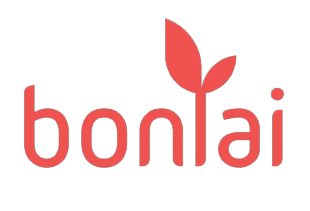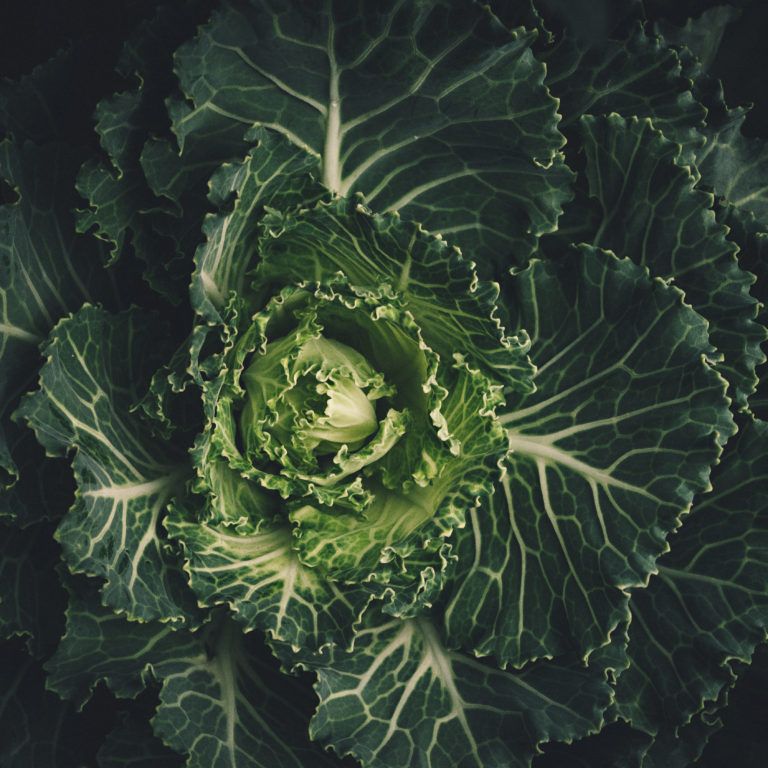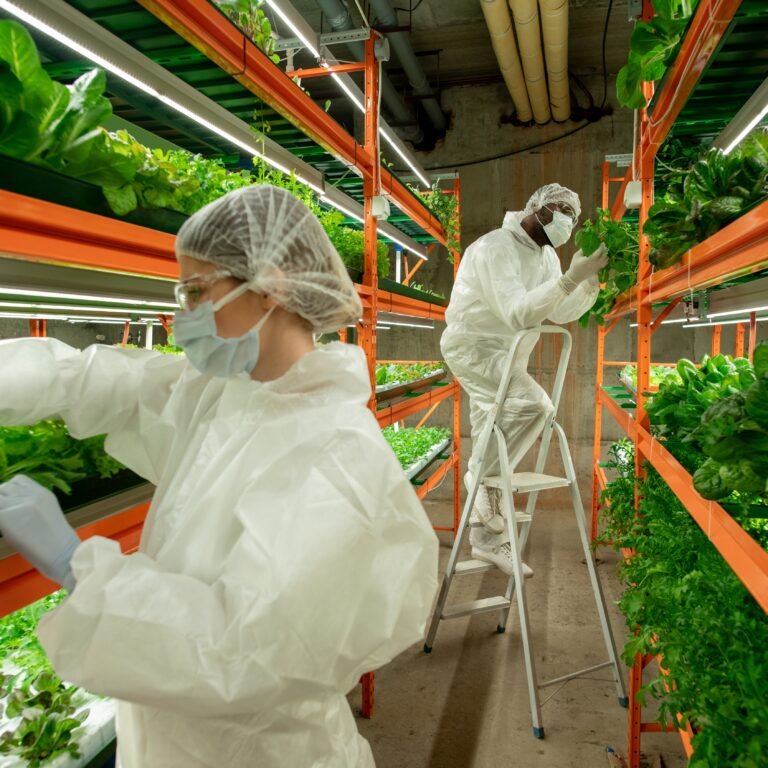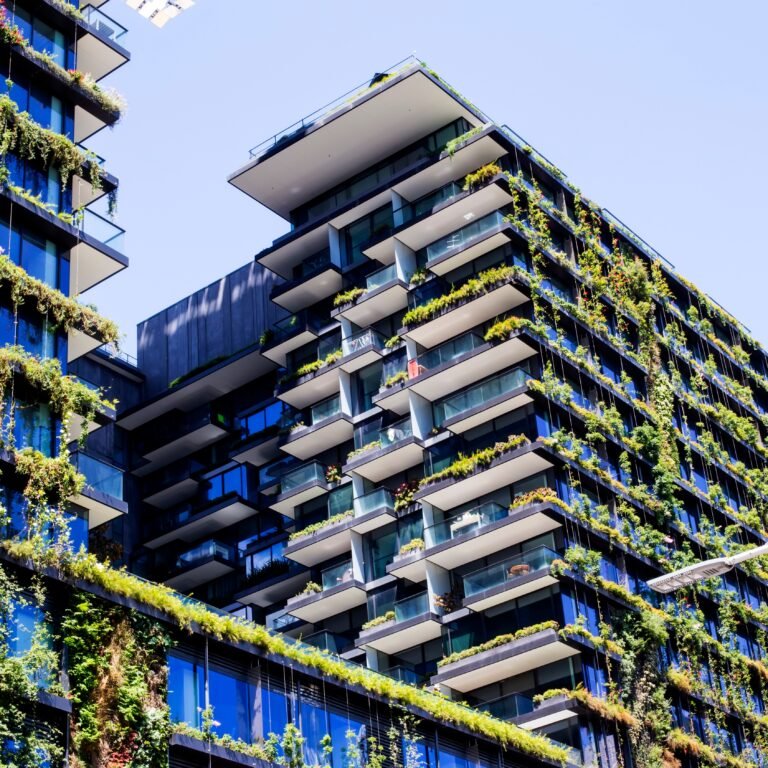Section 1: Embracing the Future of Agriculture
As we look towards the future, it becomes evident that our current agricultural practices are not sustainable. The world’s population is rapidly growing, while the availability of arable land is shrinking. This is where vertical farming comes in to revolutionize the way we grow our food.
Vertical farming is a regenerative system that takes advantage of unused urban spaces to cultivate crops in stacked layers. By utilizing innovative technologies, such as hydroponics and aeroponics, we can grow crops without soil and with minimal water usage. This means we can cultivate crops year-round, regardless of climate or location.
Section 2: The Benefits of Vertical Farming
Vertical farming offers a myriad of benefits that go beyond just sustainable food production. Firstly, it brings farming closer to urban areas, reducing the need for long-distance transportation. This not only cuts down on carbon emissions but also ensures fresher produce on our plates.
Additionally, vertical farming minimizes the need for harmful pesticides and herbicides, creating a healthier and safer environment. The controlled indoor conditions also eliminate the risk of crop failure due to extreme weather events, providing a more stable food supply.
Section 3: Cultivating a Better Future
By embracing vertical farming, we can unleash the potential of where humans dare to grow next. Imagine turning abandoned warehouses into vibrant farms that produce nutritious food for local communities. Picture skyscrapers adorned with greenery, serving as a symbol of sustainable progress.
Vertical farming not only addresses the challenges of food security and environmental sustainability but also offers exciting opportunities for innovation and entrepreneurship. This industry has the potential to create jobs, drive economic growth, and transform our cities into thriving agricultural hubs.




